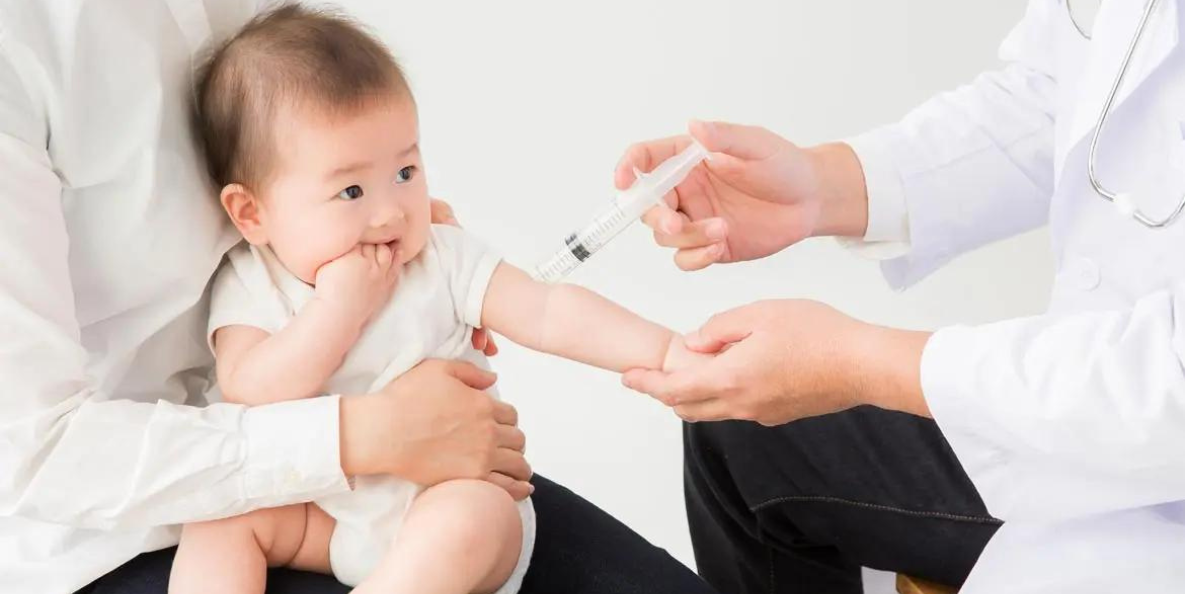Categories
Epilepsy in Children: Making the Correct Diagnosis is Crucial
Dec 09, 2022
Epilepsy is the most common neurological condition in India. Epilepsy is the tendency to have recurrent epileptic seizures. Epileptic seizures are defined as seizures caused because of abnormal electrical activity in the brain.
The overall prevalence of epilepsy in India is 3.0-11.9 per 1,000 population 1, which is comparable to the developed countries. So roughly 1 in every 100 people have epilepsy.
On the occasion of “World Epilepsy Day”, I would like to reflect on the diagnosis of epilepsy in children. With respect to children especially infants and preschool children, making a correct diagnosis of epilepsy is crucial. This is one field of medicine where medicine becomes art as much as science as there is no single definitive test. It is important to take a good history of the event from someone who has witnessed it. To find out exactly what the child was doing before the event, how the event started, what happened in the event and what happened afterwards.
These day’s videoing the event on the smart phone has also proven useful. Then the doctor will have to decide whether the event described is an epileptic seizure or a non-epileptic episode. There are a variety of non-epileptic events, some of which can be normal behavior in children. Thousands of people have been misdiagnosed with epilepsy when they have fainted secondary to low blood pressure, when they have panic attacks, when they have had breath holding spells and also a variety of other non-epileptic conditions. Making a wrong diagnosis of epilepsy can result in unnecessary medication for the child, unnecessary stress for the parents and missing the correct diagnosis in the individual child. Hence it is very important for parents to see a doctor who has special training in paediatric neurology and epilepsy when faced with this condition.
The opposite can also happen. Often a serious epilepsy like infantile spasms are diagnosed by a general doctor as colic, excessive crying etc. Making a correct diagnosis of infantile spasms early is important as starting treatment like steroids and vigabatrin early can give the best neurodevelopmental outcome for the child. And so with an epilepsy such as eyelid myoclonia which is often mistaken as a mannerism or tic by someone who has no experience in this field. And so with many other kinds of epilepsy, the list goes on. When anyone is diagnosed with epilepsy, it is again important to find out exactly which kind of epilepsy they have and classify it according to the ILAE( international League Against Epilepsy) classification so that the correct medication can be prescribed; this will also help in understanding the future prognosis of the child.
In summary making a correct diagnosis of epilepsy is crucial and also classifying the type of epilepsy is important so that correct medication can be prescribed. Hence it is very important for parents faced with these conditions to see a specialist in paediatric neurology and epilepsy.
References
1.Epilepsy in India I: Epidemiology and public health Senthil Amudhan Annals Indian Academy Neurology 2015











